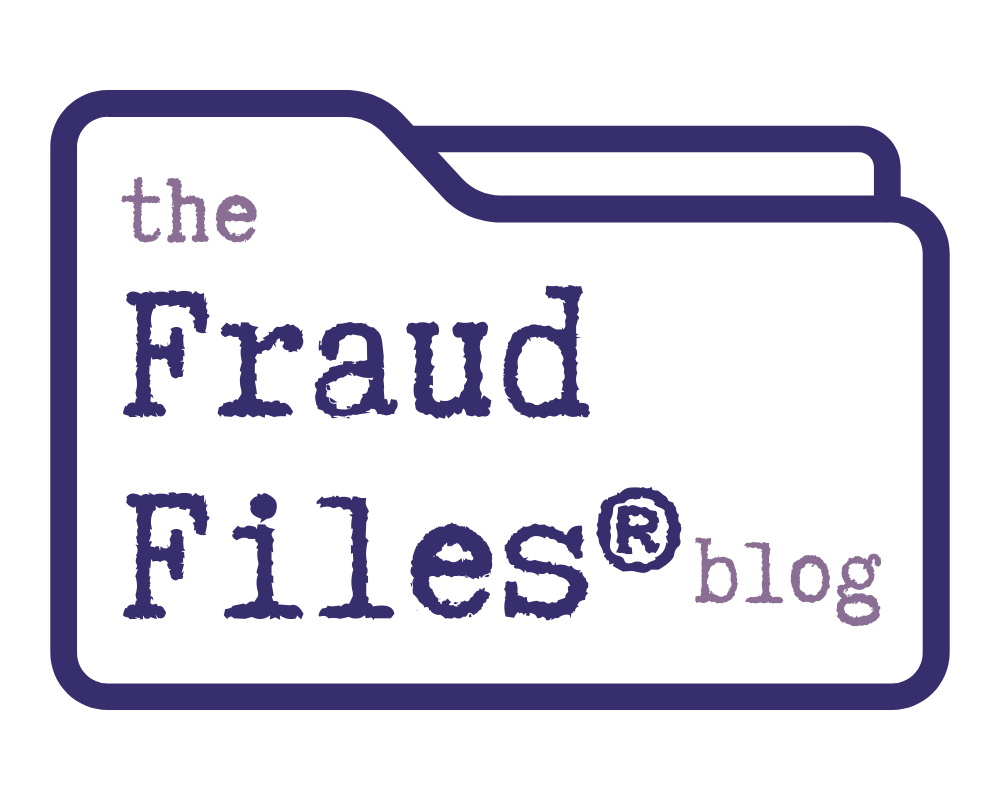A research report published by the Final Four accounting firms details how to create a “fraud score” for public companies which can help predict which companies may be engaging in accounting manipulations.
Using the model outlined in “Predicting Material Accounting Manipulations,” a company that has a fraud score above 1.00 has a “red flag.” The model looks fr abnormal patterns in the following areas which are more susceptible to fraud:
- accrual quality (number of accruals booked)
- financial performance (earnings growth, cash margins, transaction management)
- nonfinancial performance (order backlog, employee headcount)
- off-balance-sheet activites (operation leases, pension assumptions)
- market-based measures (valuations, P-E ratio)
The model attempts to find problems in relationships between numbers. The more a measurement deviates from the normal parameters, the more likely it is that the company is manipulating the financials in relevant areas.
This model was developed after examining 2,191 Accounting and Auditing Enforcement Releases issued by the SEC between 1982 and 2005. These releases identify accounting manipulations, and the authors of the report drew the following conclusions from their research:
- Revenue is the most commonly misstated account, overstated by 55$ percent of the sample companies.
- Reserve manipulation is common, occurring in 10% of the sample.
- Inventory manipulation occurred in 25% of the sample.
- Manipulations are most common in certain industries, including computer services, retail, and general services.
- Large companies are more likely to manipulate earnings.
The findings in this report are not absolute, and further research would likely be helpful.



